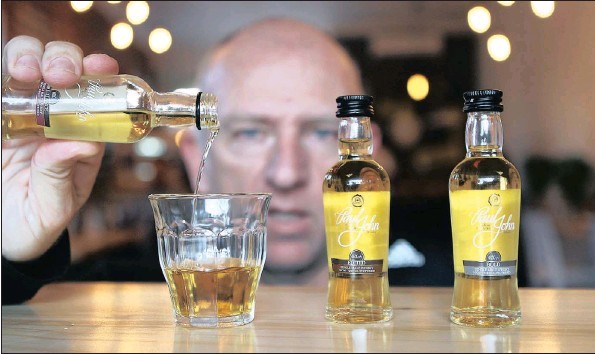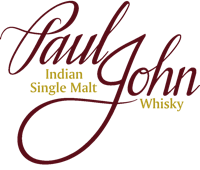Get a taste of the finest malts from the Himalayas and Goa
THE Whisky Live Celebration comes to Durban this week and one of the more interesting ranges you can taste at the show is a selection of single malts distilled in Goa and made from barley grown in the Himalayas.
PROUD PROMOTER: Hector McBeth will be promoting the Paul John range of single malt whiskies made in India at Whisky Live next weekend.
Hector McBeth, who has been importing whiskies into South Africa for 20 years, is in Durban to tell the story and share a taste of the Paul John range of single malt whiskies with The Independent on Saturday.
John started in the industry in India some 30 years ago with his whisky, Original Choice.
“It's a molasses-based spirit with 10% barley,” McBeth says. “But it was popular, becoming number eight in the world by volume and selling more than 15 million units a year.”
But in 2004 he decided to create a Scottish-style single malt. He visited 69 distilleries in Scotland and consulted the late distilling consultant Jim Swan, before setting up a distillery in Goa.
“He set out to make a great single malt whisky, not just a great Indian single malt whisky,” McBeth says.
He notes the stark differences between making whisky in Goa as opposed to in Scotland, “where it's not very hot”. Here evaporation was 16% instead of 2%; maturation times were considerably shorter.
McBeth says: “We're hoping to release a 10-year-old next year - but come a 12-year-old and there will be little left in the barrel.”
As a result they decided to use six-row barley rather than the traditional Scottish two. “It's higher in protein so the yield is lower. But it reduced the evaporation to 10% and produced a thicker, more vibrant spirit.” he says.
The higher protein factor worked better with maturation in American oak. “Our stills are all hand-crafted in India and it's matured in old bourbon barrels for seven years. Head distiller Michael da Souza released the first whisky called Brilliant. The American oak gives it a wonderful spicing. Think vanilla and cloves.”
This is an unpeated whisky. McBeth tells how barley and rye both have no sugars, so you have to malt it.
“Traditionally, to get germination to start, you would burn peat underneath it. This is what gives you those big smoky guys, the Islay whiskies,” he says.
So next in the range was Edited. This was a mixture of the regular Brilliant at about 85% using peat imported from Islay. “It's manipulated to a point where the guy who hates peat and the guy who loves peat both enjoy it,” McBeth says.
And then there's the Bold, the full-peated addition to the range.
The single malts have been winning awards, too. This year it was double gold, gold and double gold at San Francisco, with 148 medals since its launch in 2012. And they have taken the Asian market by storm, out-shining Japan's classic Nikka, voted best Asian whisky on show. “Japan has owned new world whiskies for decades,” McBeth says.
Released in South Africa late last year, this is the first big show and opportunity for the public to sample the Paul John range. While the core ranges retail for between R650 and R750, there is also a specially-selected cask series for the local market. Cask 1742 has been earmarked for an exclusive 180 bottles for the South African market.
McBeth is confident the South African market knows its whiskies. And he's sold a bottle of whisky that retails at R100 000. “We've had a decade's run of growth across the board, and when it comes to the real top end, there's no stopping us.”
Asked about whisky being a traditional male preserve, he disagrees wholeheartedly. “When you look at the world's top 20 whisky bloggers, 12 are women. When it comes to the big, complex, peated malts, men progress to them, women jump in. There's serious passion out there.”



